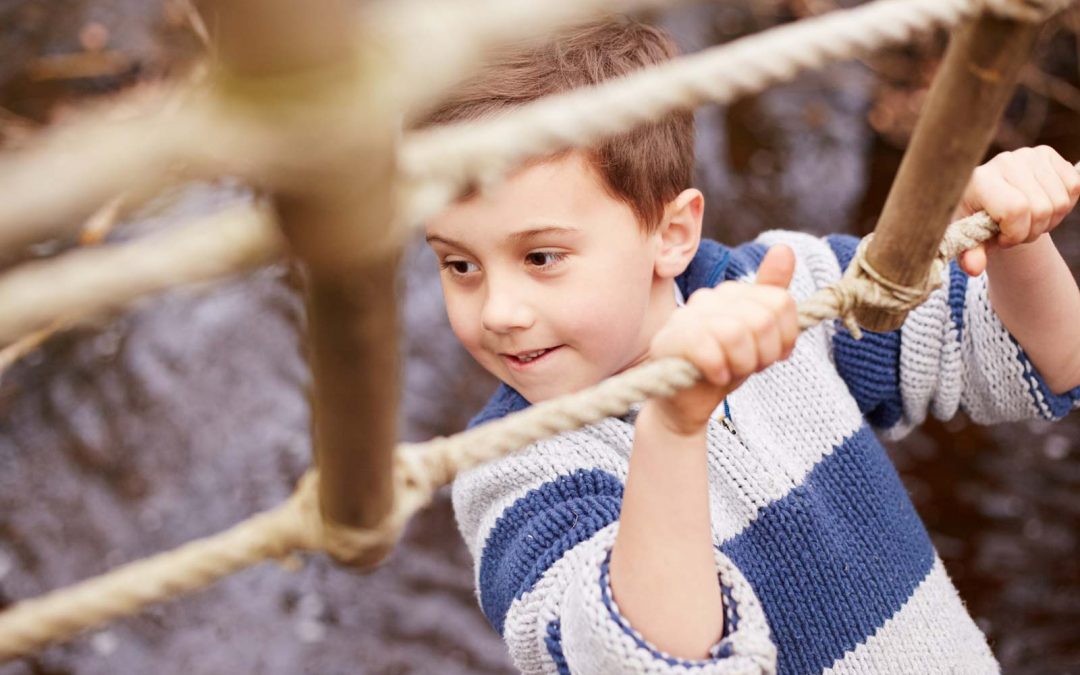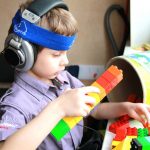I just returned from a wonderful meeting of the minds in Arkansas and am reflecting on some of the points we discussed in more depth. One of the questions stood out: “What motivates a child to progress and learn?”
Let’ s start at the very beginning. Babies in and out of utero are hardwired to develop in very certain sequential steps of development. They grow in utero to have different cranial nerves in place to be ready for the birth process. During this phase of development it is very physical / sensational, but it is also emotionally driven by the voice of the mother that the baby experienced in the womb after 5 months in utero. Mommy’s voice is experienced through vibrations in bone conduction through the spinal cord and allows the baby to have an immediate link to her mommy’s voice as soon as she is born. The baby also is ready to receive mommy’s touch through the tactile-proprioceptive system and there the nature of bonding starts. Good healthy development depends both on central nervous system experience of sensations as well as the nurture of mommy and daddy as their first relationships.
We do not have to tell a typically developing child when to start walking, crawling and talking; they simply start going there.
Through the first two years of life, the baby grows and develops rapidly, often with stressful periods as the baby turns into a toddler and starts getting into all kinds of mischief. One very important hallmark of motivation is the concept of intrinsic motivation. We do not have to tell a typically developing child when to start walking, crawling and talking; they simply start going there. There natural innate drive propels them toward development. Only later, when their cognitive skill has developed into more reasoning does extrinsic motivation start making sense to them. Herein lies our conundrum: The atypically developing child turns away from learning to avoid unpleasant or unsuccessful experiences. The more new and novel the task appears, the more reason to want to avoid.

In order to gain such children back into the world of learning, many different theories have developed. One large theory comes from behavioral science and postulates that atypically developing children require extrinsic motivation to gain skill. So in essence it is a “top-down” approach. We appeal to the child’s cognitive understanding in order to understand that if they do a certain action, they will be rewarded. It goes further in thinking that with enough repetition of this action; it will develop into skill. Sometimes it does, but using extrinsic reward depends on the amount of actions a skilled therapist can pose to the child, which is not always integrative. How can you through extrinsic reward achieve a nervous system ability of looking and listening to a speaker at the same time as eliminating background information that should quickly be judged as non-important? The drive to develop skill comes from intrinsic motivation; it is innate and cannot be replaced by human interference. At best it develops a splinter skill that cannot be generalized to other skills.
The atypically developing child turns away from learning to avoid unpleasant or unsuccessful experiences. The more new and novel the task appears, the more reason to want to avoid.
For me, it is all about intrinsic motivation, even though I agree behavioral intervention has its place. Developmentalists postulate that if typical development was going to be good enough for the typical child, it should be good enough for the atypically developing child. This can be trickier than to figure out a behavior plan, which would be based on what we can observe and see, but once you harness the mind into wanting to use that innate drive, more integration occurs as it was naturally meant. You see the child’s drive coming forward and start leading the way while we support the weaknesses that causes stumbling blocks. It becomes a lovely dance of the child leading, feeling in control, and us intervening at the just right level to support that important intrinsic motivation.
For me, the answer lies in a solid evaluation of the child’s hierarchy of needs, matching the child’s developmental level, implementing methodologies that will motivate the child’s inner drive to succeed, and key to this: Relationships! The child has to connect with you in order to want to learn from you.








